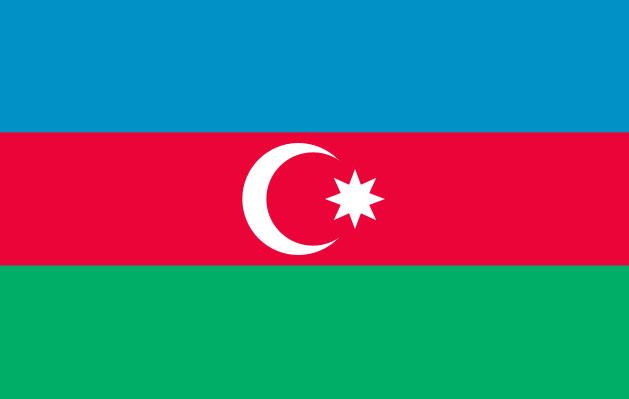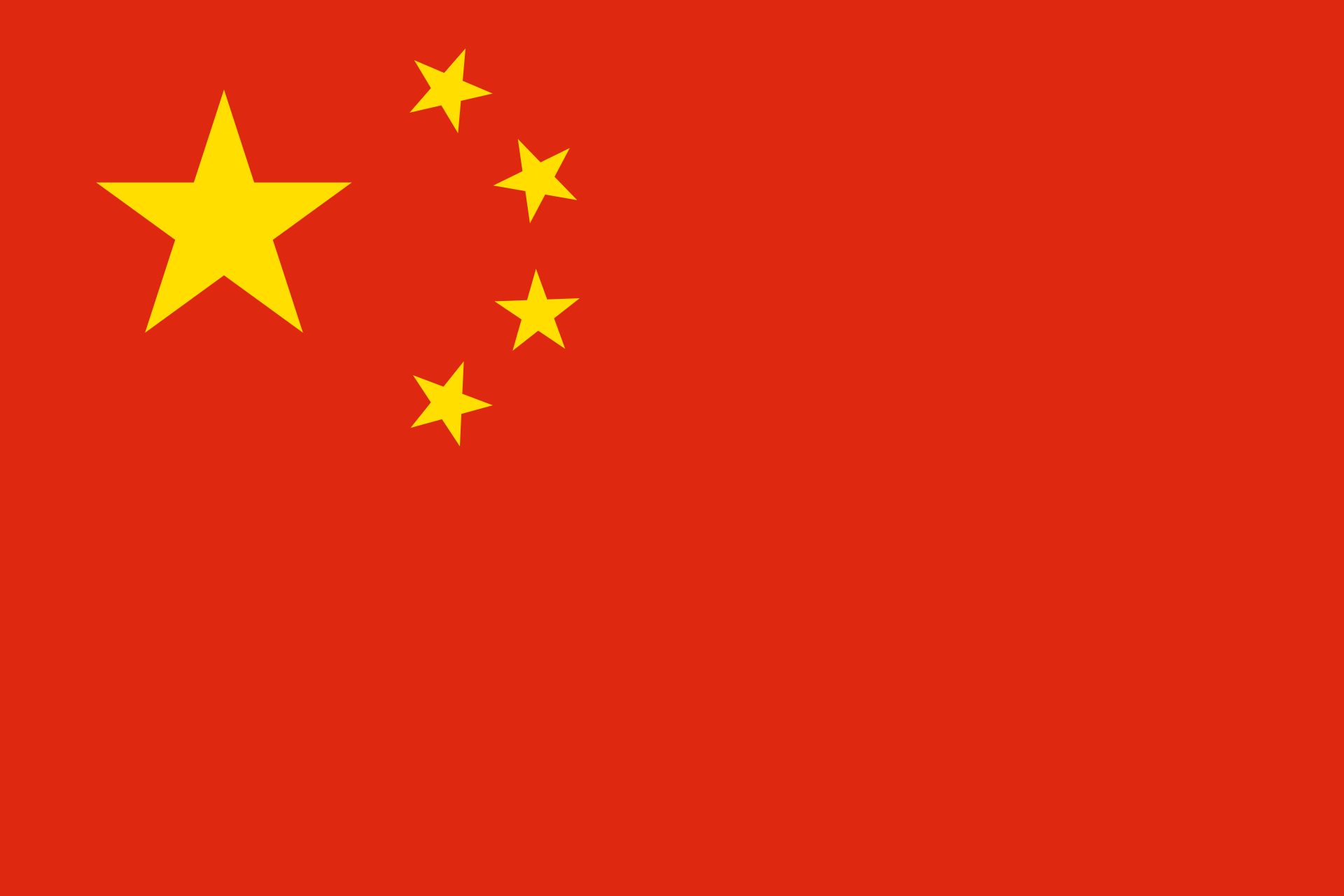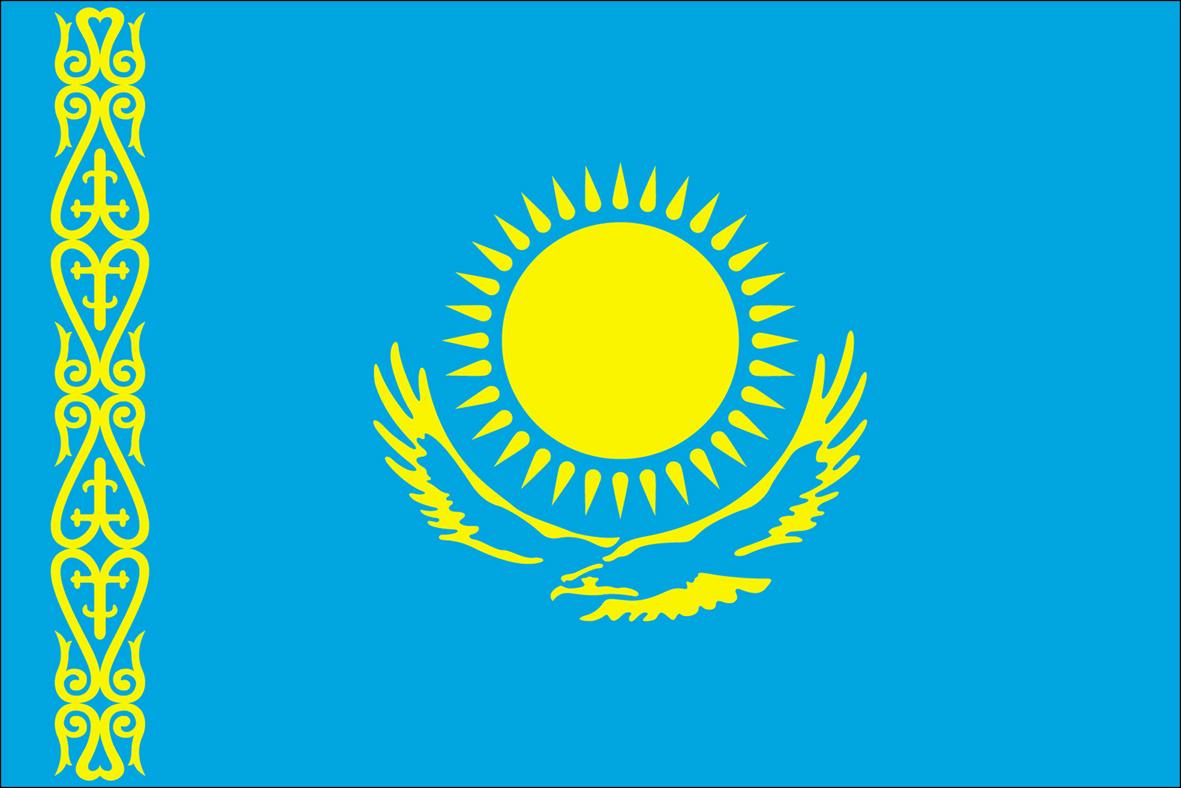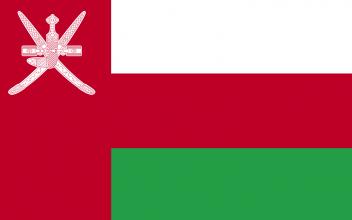The presence of the Portuguese has led to the introduction of Western architectural elements in Goa and other places in India. The result of this encounter of traditions was a highly original style both for religious buildings (churches, convents and Hindu temples) and secular buildings (civil and residential).
The trade relations which developed between Portugal and China from the 16th century onwards led to the mutual exchange of knowledge as well as artistic and political influences. New foods and technologies were introduced in both countries. The city of Macau, with its architectural mix of Eastern and Western elements, is one striking example of the encounter between these two cultures.
With the rise of the Han Dynasty in China, the Silk trade between China and countries as far away as Iran flourished. However, silk was by no means the only merchandise that was traded between China and the West. The merchants, who were envied, esteemed and despised, led dangerous nomadic lives. Their caravans were often joined by missionaries, and merchants played a crucial role in favouring cultural exchange and the propagation of religions.
The introduction of Chinese porcelain in Mesopotamia had important effects on early Islamic ceramics. Potters in Basra imitated the white colour of Chinese porcelain by inventing an opaque white glaze. They also used Chinese shaping and firing techniques and gained inspiration from Chinese designs. The knowledge of Chinese manufacturing techniques probably reached Basra via Muslim merchants in the Far East. Blue and white ceramics from Basra made their way to China, where they probably inspired potters to experiment with blue ink drawings on a white surface.
In the early 1990s, excavations were launched at the Southeast Necropolis in the Syrian city of Palmyra. They revealed two underground tombs, tomb C and F, which have provided insight into funerary architecture and decoration during the 2nd century AD.
Sri Lanka was a popular stopover for merchants on their journeys between East and West. From the first centuries AD onwards, the island established constant and peaceful cultural, religious and economic relations with the Chinese Empire, and it was described in various accounts by Chinese travellers. In the fifteenth century, the political relations between Sri Lanka and China deteriorated temporarily due to a clash between the king of the island and the Chinese traveller Cheng Ho.
The Silk Road: A New History
In The Silk Road, Valerie Hansen describes the remarkable archeological finds that revolutionize our understanding of these trade routes. For centuries, key records remained hidden-sometimes deliberately buried by bureaucrats for safe keeping. But the sands of the Taklamakan Desert have revealed fascinating material, sometimes preserved by illiterate locals who recycled official documents to make insoles for shoes or garments for the dead.
Mostly Miniatures: An Introduction to Persian Painting
In this book, the renowned historian of Islamic art Oleg Grabar introduces Western audiences to Persian painting, which consists primarily of miniatures illustrating works of literature, but also includes murals and small ceramics decorated with pictures. The masterpieces of this art form have a visual richness that requires the use of the intellect as well as the eye for their appreciation, and Grabar seeks to situate the reader within their world, that of Islamic culture in Iran from the Middle Ages to Modern times.
The Adventures of Ibn Battuta: A Muslim Traveler of the Fourteenth Century
Ibn Battuta's voyages around the world in the 14th century stand as an extraordinary testimony to the fluidity of movement along trade routes in the Middle Ages. Ross Dunn here recounts the great traveler's remarkable career, interpreting it within the cultural and social context of Islamic society and giving the reader both a biography of an extraordinary personality and a study of human interchange across cultures and societies in medieval times.
Islamic Central Asia: An Anthology of Historical Sources
This volume is the first English-language anthology of primary documents for the study of Central Asian history. Scott C. Levi and Ron Sela draw from a vast array of historical sources to illustrate important aspects of the social, cultural, political, and economic history of Islamic Central Asia. These documents - many newly translated and most not readily available for study - cover the period from the 7th century Arab conquests to the 19th century Russian colonial era and provide new insights into the history and significance of the region.




